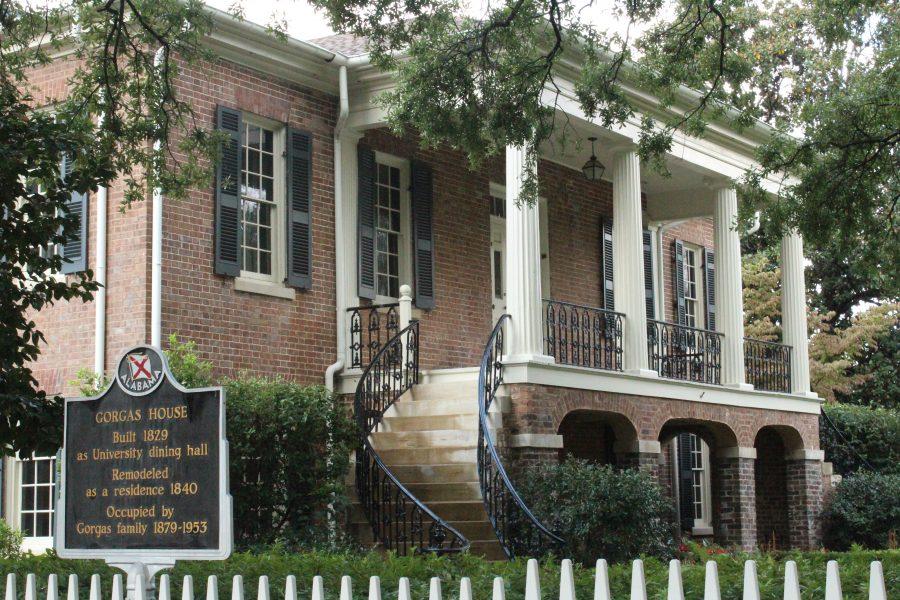History is all around the University of Alabama’s campus, from the President’s Mansion to Bryant Hospital. The history of the University is best seen in the Gorgas House Museum, found in front of Morgan Hall.
The house, established in 1831, provides a window into the University’s past. Currently, the museum’s exhibit, “William C. Gorgas and the Great War,” highlights the life of William C. Gorgas, son of Josiah and Amelia Gorgas, who lived in the Gorgas House, and the lives of Tuscaloosans during World War I.
William Gorgas was the surgeon general of the United States Army during World War I.
Matthew Culver, a senior majoring in history and computer science and a tour guide at the Gorgas House Museum, notes that Gorgas’s impact on war fatality numbers was, “massive.”
“Gorgas goes out and founds an entire corp of the U.S. Army, known as the U.S. Army Sanitary Core, which actually exists today and is called the Medical Service Corps now,” said Culver. “Their job was understanding how we’re going to do… sanitation in the camps.”
Because of the Medical Service Corps’s work, U.S. fatalities due to illness were roughly a fourth of those of European armies.
Culver says the exhibit showcases how a major world event affected Tuscaloosa.
“You’re going to see how this incredibly pivotal and world-changing moment in history affected the University, affected Tuscaloosa, and affects today,” Culver said. “It’s just something you don’t get to learn about anymore.”
The Gorgas House Museum’s exhibit, “WIlliam C. Gorgas and the Great War,” will close Sept. 30 after a nearly eight month run. The museum is open Monday through Friday, from 9 a.m. – noon and 1:30- 4:30 p.m.









